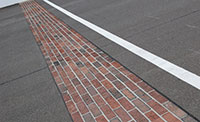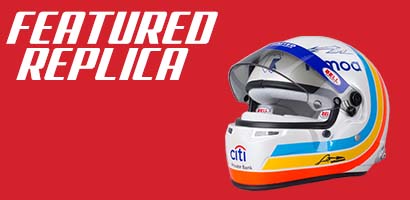
Technology & Innovation

Progressive Design
A progressive approach to safety has defined Bell Racing since 1954 and is a core part of our brand DNA. Building on 65 years of innovation, our design philosophy prioritizes function over form delivering racing products purpose built for the application. We take a minimal approach to product development incorporating only the essential design elements and features to enhance driver performance and protection. Designs are developed and perfected through direct feedback from the world’s best athletes and race teams ensuring reliable performance in the most demanding racing environments and conditions.
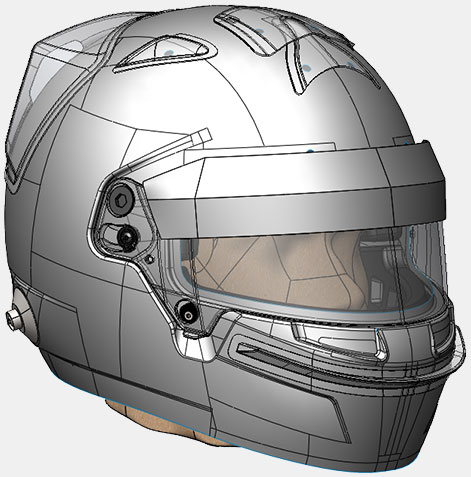
3D Design & Engineering
Bell makes extensive use of advanced 3D modeling, computer aided design (CAD) and rapid prototyping to drive product innovation and reduce the time needed to develop and deliver new products. This allows Bell to conceptualize and refine the design, assure physical dimensions and component integration, conduct strength and dynamic analysis, predict impact performance, produce precise renderings, and confirm manufacturing process details before developing prototypes or producing physical tooling.

Testing & Development
Bell does extensive, ongoing research and development testing to assure the best possible combination of materials and manufacturing techniques to deliver products that maximize energy management and driver protection while ensuring they exceed the most stringent helmet standards in motorsports. Bell collaborates extensively with suppliers, racing series and safety organizations including FIA, Snell and SFI to continue to advance helmet safety and performance.
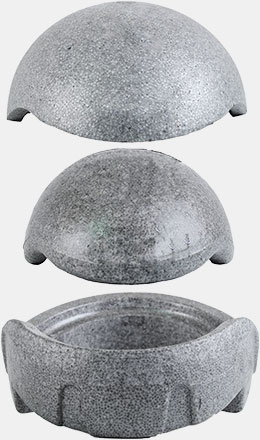
Function & Performance
Bell’s goal when designing a helmet is to optimize shell and liner performance to limit the energy forces transmitted to the driver’s head during an impact in a configuration that minimizes volume and weight. This is achieved by combining a high-strength outer shell to maintain structural integrity and limit penetration with a multi-density inner liner system that absorbs energy and a retention system that assures the helmet is properly fitted to the driver’s head.
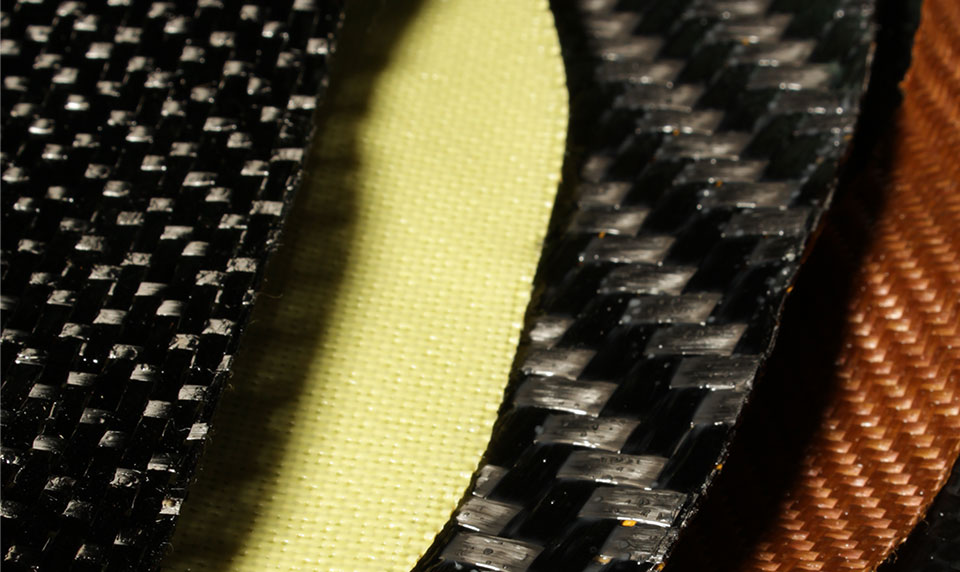
Advanced Materials
Bell uses modern components and the latest materials from ISO certified suppliers in the United States and Europe to create advanced designs. The shell is made using pre-preg composite and aerospace grade carbon materials with precise resin to fabric ratios to assure consistency and performance. The liner system is molded using a proprietary EPS (expanded polystyrene) formulation with natural rebound for single and multiple impacts and is molded on-site at the factory. Bell selects only the highest quality performance interior fabrics to assure comfort, perspiration management with excellent fire-retardant properties.

Modern Construction Techniques
Bell uses the latest manufacturing techniques using a proprietary molding system that combines high-temperature and high-pressure to create a strong, ultra-lightweight outer shell. The pre-preg materials are applied onto a silicone bladder that matches the helmet design, the bladder is inserted into an aluminum tool and the shell is cured using heat, pressure and time. Bell’s energy absorbing liner system is molded in-house and features a multi-piece design with a strong outer ring for structural support, inner and outer inserts that can be molded in multiple densities, and other reinforcement materials to optimize impact management and performance based.
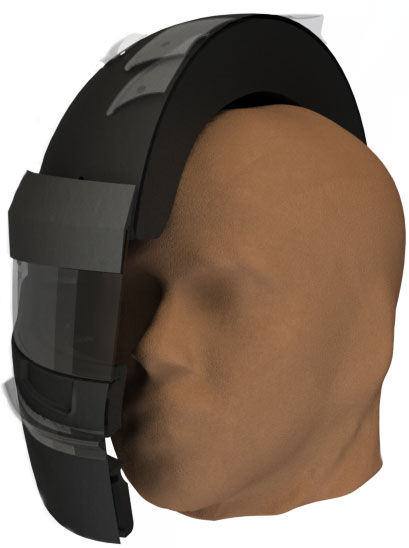
3D Head Scan
Bell works with top sponsored athletes to improve helmet fit by taking a 3D head scan of the driver and building a custom interior. The process starts with a custom head scan to create an exact 3D model of the driver’s head shape. Bell’s engineering team uses computer aided design (CAD) to position the scan within the parameters of the inner liner. Using this data, a custom interior is built, precisely duplicating the driver’s head shape to create a secure, perfect fit that eliminates pressure points and enhances comfort.

Aerodynamics
Bell has an extensive history of developing helmets that provide aerodynamic stability and performance at high-speeds that minimize the helmet’s aerodynamic signature and reduce acoustic interior noise. Bell uses a combination of shell design and performance features including front chin gurneys, top gurneys and rear spoilers to increase downforce, reduce buffeting and lift and increase helmet stability.

Ventilation
Bell maximizes helmet ventilation with internal vent systems that direct airflow to the driver’s head to enhance cooling and comfort and reduce shield fogging. Bell uses innovative vents and air intake systems to create internal ventilation when the helmet is exposed to direct airflow and purpose-built forced air intakes to create ventilation inside the helmet when used in a closed configuration.
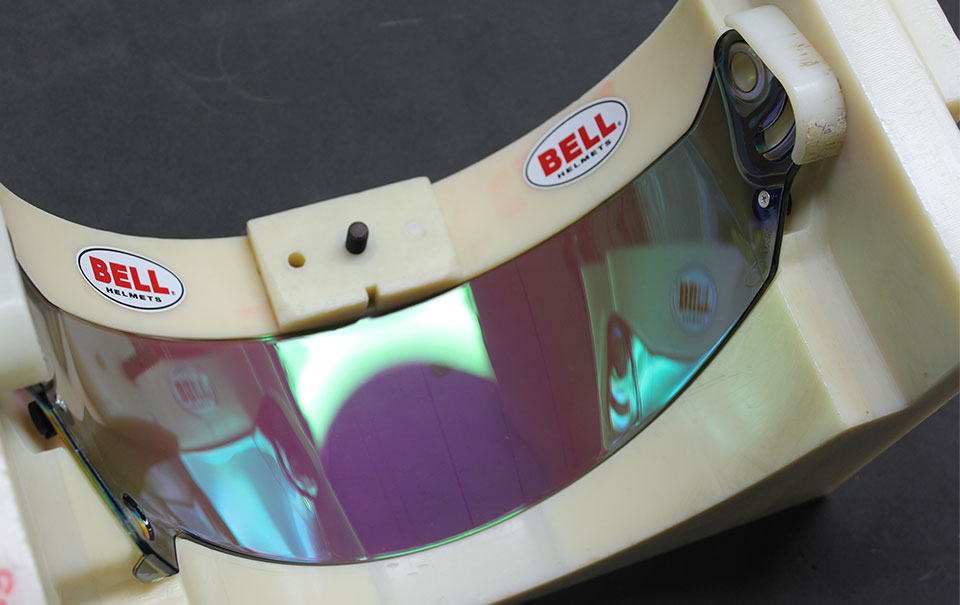
DSAF Insert Technology
Unique to the racing industry, Bell was the first company to integrate a Double Screen Anti Fog Insert (DSAF) into the shield design sealed against a synthetic rubber gasket to seal the visor, prevent fogging while preventing air, water and dust from entering the helmet. The DSAF insert creates an air-barrier between the outer shield and inner shield to eliminate interior fogging and is especially effective in high-temperature, high-humidity environments.
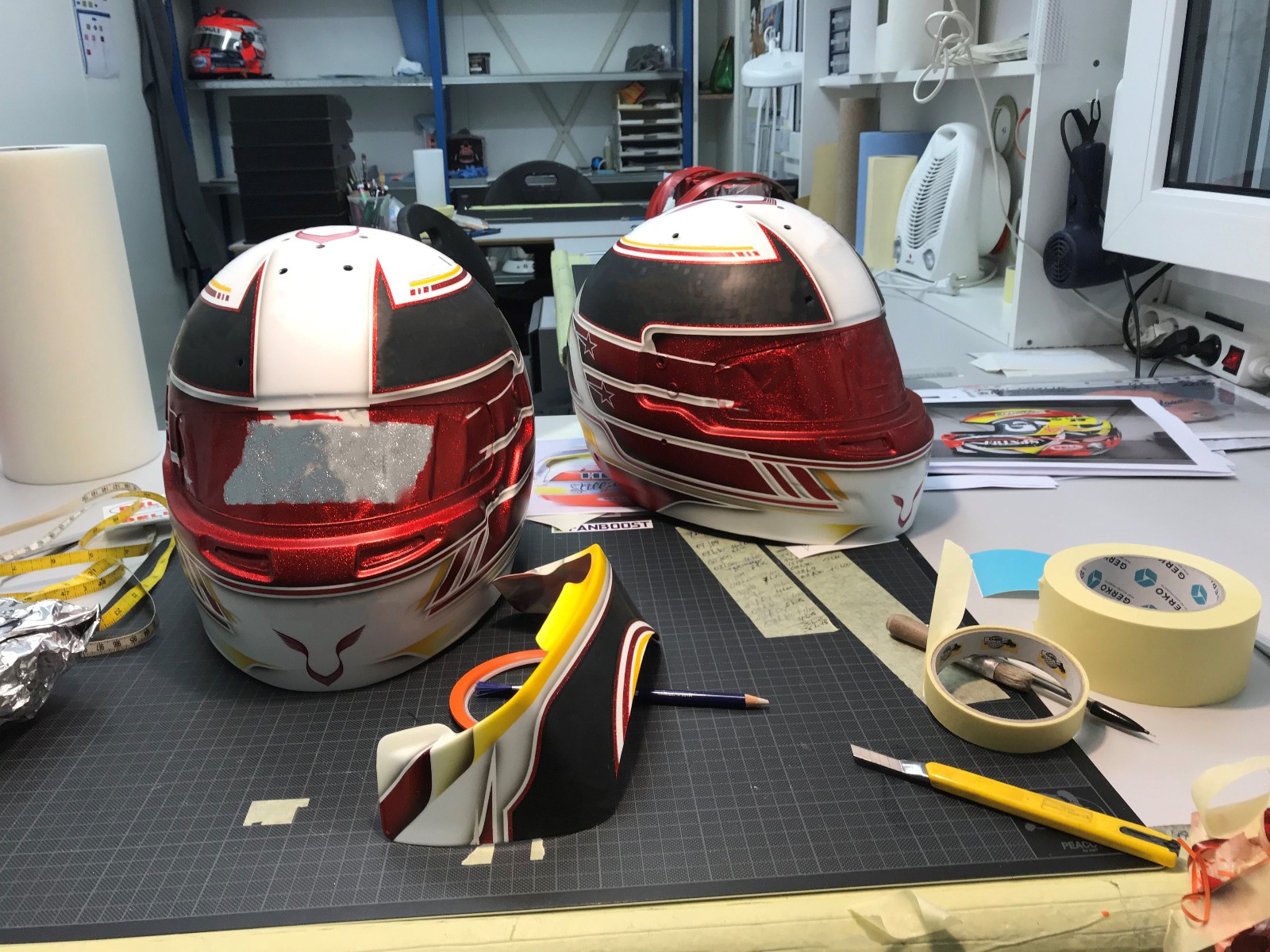
Custom Paint & Graphics
Reducing helmet weight is a core principle in Bell’s design philosophy. Applying custom paint can add a tremendous amount of weight to the overall helmet. Bell has developed specific and precise in-house custom paint procedures including graphic printing and application techniques to deliver factory-built, custom painted helmets with tight tolerances that limits the paint and graphics applied to the helmet to 40 to 60 grams, assuring the helmet is as lightweight as possible.


